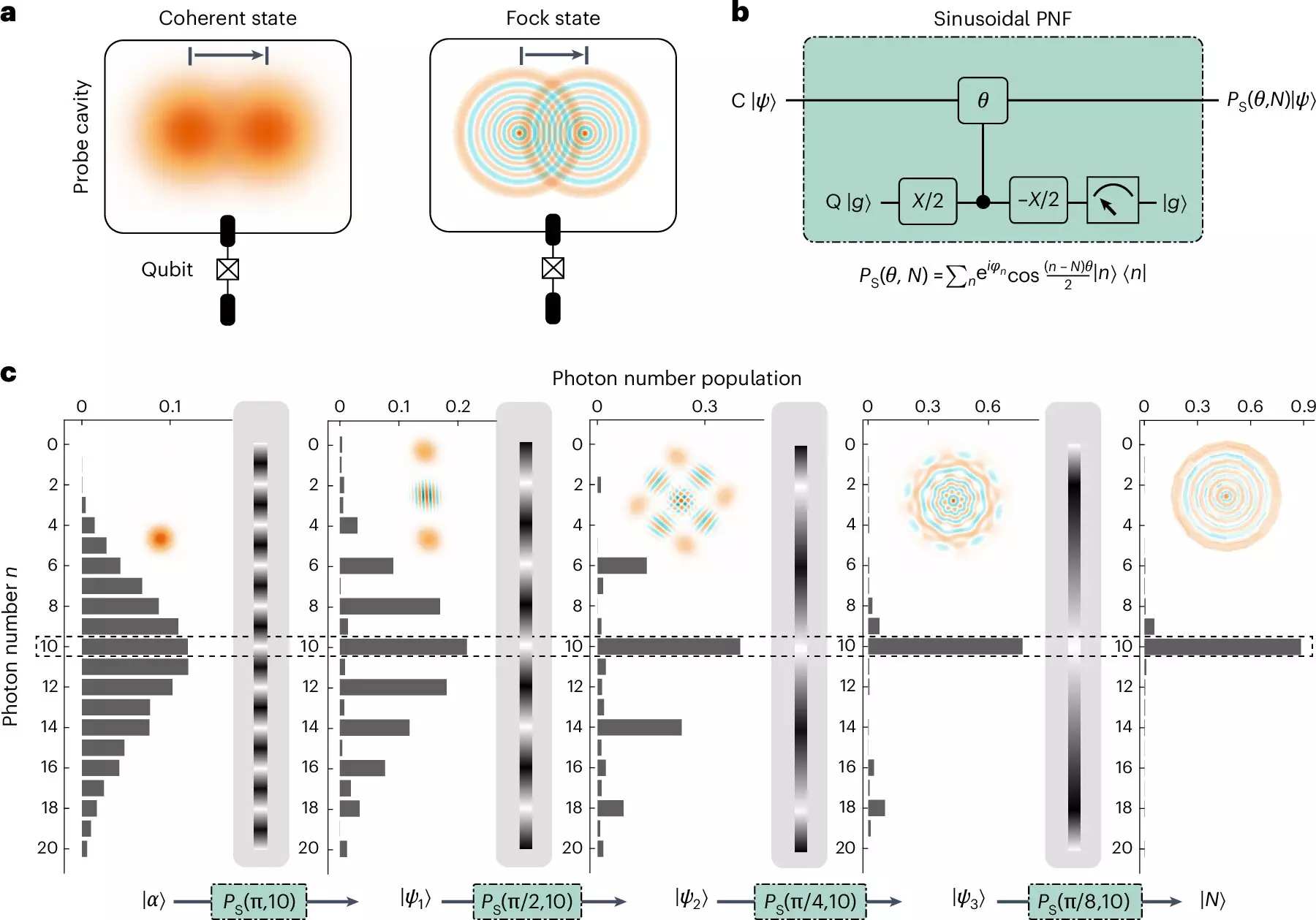In the realm of scientific exploration, precise measurements stand as the cornerstone of research across various disciplines, particularly in physics. The ability to quantify phenomena with extraordinary accuracy enables not only the validation of existing theories but also the discovery of new phenomena. The emergence of quantum-enhanced metrology represents a significant advancement in this regard, utilizing sophisticated techniques involving non-classical states of light. As researchers strive to push the boundaries of measurement precision, innovations like those introduced by scientists at the International Quantum Academy and their collaborators signal a new era in the world of high-precision measurements.
Challenges in Utilizing Non-Classical States
The core obstacles faced by researchers in the field of quantum-enhanced metrology revolve around the manipulation of non-classical states—specifically, the Fock states of light. These states, characterized by definite photon numbers, hold immense potential for yielding high-precision measurements. However, achieving reliable manipulation and generation of such states has proved enormously challenging. The recent work by a team of scientists, including Yuan Xu from the Southern University of Science and Technology, offers a fresh perspective on tackling this issue through innovative methods that could streamline the process of generating large Fock states necessary for advanced metrological applications.
In their groundbreaking study, which was published in Nature Physics, Xu and his colleagues proposed a novel technique designed to facilitate the generation of Fock states with up to 100 photons. This approach capitalizes on two types of photon number filters (PNFs): sinusoidal PNF and Gaussian PNF. The dual application of these filters is crucial, as they allow selective filtering of photon numbers based on the state of an ancillary qubit coupled to a superconducting cavity.
The sinusoidal PNF operates through a careful modulation of the quantum state, employing a grating effect that selectively blocks certain photon numbers. In contrast, the Gaussian PNF utilizes a continuous qubit flip pulse, effectively compressing the photon number distribution around a targeted Fock state. This dual-filtering approach is not just a clever manipulation of light but is positioned as a significant leap forward in the quest for quantum measurement precision.
Efficiency and Practicality in Quantum Metrology
One of the standout features of the method proposed by Xu and his team is its efficiency. Traditional methods of generating Fock states often depended on complex processes that could potentially scale polynomially with the photon number. In contrast, their latest technique allows for logarithmically scaling circuit depths—making it considerably more efficient and applicable in real-world scenarios involving larger numbers of photons. This efficiency positions their method as a practical tool for realizing the benefits of quantum-enhanced metrology, especially for applications requiring exceptional measurement precision.
Moreover, the versatility of this method cannot be overstated; it opens avenues for applying the same principles across different physical platforms, ranging from mechanical systems to optical configurations. This adaptability is an invaluable trait, as it allows for broadening the application horizon of quantum metrology techniques.
Impressive Initial Results: Approaching Quantum Limits
Initial tests from this innovative approach have yielded promising results, demonstrating a remarkable metrological gain of 14.8 dB—an impressive achievement that approaches the theoretical Heisenberg limit. Such findings not only underlie the potential for practical applications in high-precision measurements, but they also serve as a vital resource for theoretical physics, providing fertile ground for exploring intricate quantum effects that have been predicted but never fully tested.
Yuan Xu aptly summarizes the broader impacts of their work: “First, our study benefits fundamental research by providing a testbed for theoretical predictions of highly non-trivial quantum effects in quantum optics and quantum mechanics.” This duality of impact—theoretical and practical—underscores the necessity and importance of pursuing advancements in quantum measurements.
Looking ahead, the team is focused on two pivotal directions: enhancing the coherence performance of their quantum systems and developing scalable quantum control techniques for generating Fock states with even higher photon numbers. These advancements could facilitate an even larger metrological gain, further solidifying the relevance of quantum-enhanced metrology within the scientific community.
Through their recent investigations, Xu and his colleagues are not only paving the way for greater measurement precision but are also igniting interest in the potential applications of quantum mechanics in a wide array of fields, from radiometry to the elusive nature of dark matter detection.
The pursuit of high-precision measurements through quantum-enhanced metrology marks a transformative shift in scientific research methodologies. The innovative techniques pioneered by Xu and his collaborators embody this shift, suggesting a future characterized by unprecedented accuracy and groundbreaking discoveries in the quantum realm.

